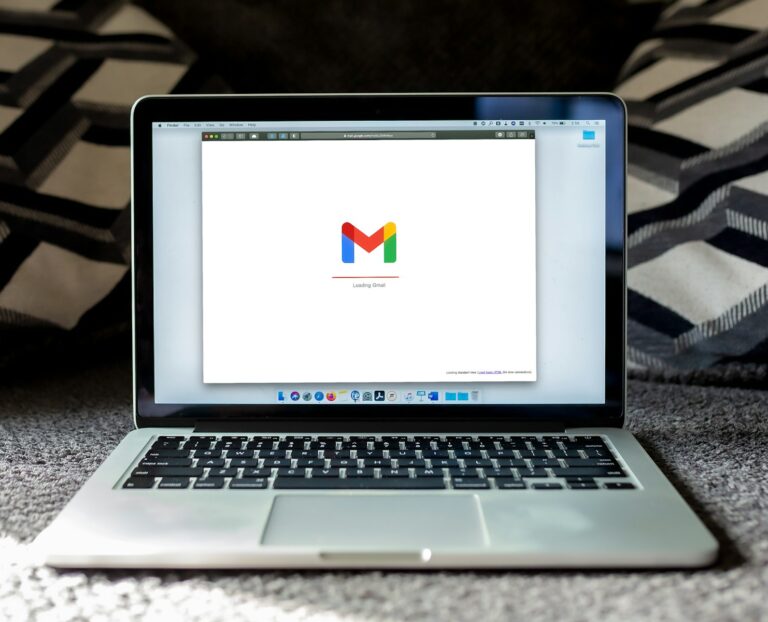Imagine this: you wake up, and your smart lights gently brighten your room, your favorite Spotify playlist starts playing, your to-do list is already updated on your phone, and your coffee machine is already brewing. Sounds like a dream? With IFTTT and Google Calendar, it can be your reality.
In today’s fast-paced world, time is your most valuable asset. From juggling work meetings to remembering grocery runs, automation can be your secret weapon. Whether you’re a solo entrepreneur, a remote worker, or just someone trying to make life a bit easier, combining IFTTT (If This Then That) with Google Calendar is a game-changer.
What is IFTTT?
IFTTT stands for “If This Then That.” It’s a free automation tool that connects your favorite apps, services, and smart devices. With IFTTT, you can create “applets”—simple conditional statements that trigger actions based on specific events.
For example:
- If a Google Calendar event starts, then send a Slack message.
- If it’s 7 a.m., then turn on the bedroom lights.
And you don’t need to know a single line of code to make this magic happen.
Why Combine IFTTT with Google Calendar?
Google Calendar is already a powerhouse for organizing your schedule. But when you integrate it with IFTTT, it becomes a productivity supercharger. Think of it as your personal digital assistant—automating repetitive tasks so you can focus on what truly matters.
Key Benefits:
- Save time by eliminating routine manual tasks.
- Improve focus by reducing distractions.
- Boost productivity by streamlining workflows.
- Reduce stress by ensuring you never miss key events.
Let’s dive into how you can use this powerful combo.

Getting Started: Setting Up IFTTT and Google Calendar
Setting up IFTTT with Google Calendar is easy. Here’s a step-by-step guide:
- Sign Up for IFTTT: Visit ifttt.com and create a free account.
- Connect Google Calendar: Search for “Google Calendar” in the IFTTT search bar and grant permissions.
- Explore or Create Applets: Use pre-made applets or create your own based on your needs.
Top IFTTT + Google Calendar Automations to Try
Let’s look at some real-world examples that make life easier, one automation at a time.
1. Daily Morning Briefing
Start your day informed and organized.
Applet: If it’s 7:00 AM, then get a daily briefing email of your Google Calendar schedule.
Why it works: It eliminates the need to open your calendar first thing every morning. You get a clear overview delivered straight to your inbox.
2. Turn Off Distractions During Meetings
Applet: If a calendar event begins with “Meeting,” then turn off notifications or enable Do Not Disturb on your Android/iOS device.
Why it works: This ensures you stay focused during important calls or brainstorming sessions.
3. Track Time Automatically
Applet: If a new event is added to Google Calendar, then log it in a Google Sheet.
Why it works: Great for freelancers and consultants who bill clients hourly. It saves time on manual logging and ensures accuracy.
4. Remind Your Smart Home to Act
Applet: If a calendar event with “Workout” starts, then turn on smart lights in the home gym and play your fitness playlist on Spotify.
Why it works: Transitions you seamlessly into different parts of your day using environmental triggers.
5. Automate Social Media Posting
Applet: If a calendar event is titled “Social Post,” then publish a scheduled tweet or Facebook post.
Why it works: Perfect for small business owners and content creators managing multiple social platforms.
Real-World Use Case: Emily the Entrepreneur
Emily runs a small online boutique from her home in Manchester. She’s constantly juggling product updates, social media posts, customer support, and inventory checks. Here’s how she uses IFTTT + Google Calendar:
| Task | IFTTT Applet | Result |
|---|---|---|
| Post product of the day | If it’s 10 AM and the calendar event is “Daily Product Post,” then post to Instagram | Posts go live automatically |
| Prep for meetings | If an event starts in 10 minutes, then get a reminder via SMS | Never misses a client call |
| Track order pickups | If the event title is “Order Pickup,” then add event details to a Google Sheet | Keeps track of logistics easily |
Emily saves at least 2 hours daily using this setup, which she now spends on product development and customer experience.
Pro Tips for Maximizing Automation
Use Specific Calendar Labels
Create events with specific keywords like “Workout,” “Meeting,” “Post,” etc. IFTTT recognizes these triggers to perform associated actions.
Avoid Over-Automation
Automation is a double-edged sword. Too many triggers can overwhelm or conflict. Test each applet before relying on it full-time.
Utilize Time-Based Triggers
You can schedule recurring events in Google Calendar that trigger applets daily, weekly, or monthly.
Combine with Other Services
IFTTT supports over 700 services. Combine Google Calendar with:
- Trello: Create tasks based on calendar events.
- Gmail: Send emails automatically when events start.
- SmartThings or Alexa: Control your smart home.
Best Practices for Security and Reliability
- Use Two-Factor Authentication on both your Google and IFTTT accounts.
- Review Permissions Regularly to ensure only trusted services are connected.
- Keep Backups of essential calendar data and spreadsheets.
Table: Suggested IFTTT Applets by User Type
| User Type | Recommended Applet | Purpose |
| Freelancers | Log new events to Google Sheets | Track billable hours |
| Remote Workers | Mute phone during meetings | Minimize distractions |
| Students | SMS reminders 10 min before classes | Stay on schedule |
| Bloggers | Auto-publish based on calendar events | Keep consistent posting |
Visual Preview
Image Idea: A flowchart showing Google Calendar triggering IFTTT which then connects to other services like smart home, emails, spreadsheets, etc.
This visual helps readers understand how the automation chain works at a glance.
Final Thoughts: Automate to Liberate
Whether you’re looking to get more done in less time or just make life a little smoother, automating your daily routine with IFTTT and Google Calendar is a step in the right direction. It’s like having a digital assistant who works for free and never takes a day off.
Start small. Pick one or two tasks to automate. Once you see the results, you’ll wonder how you ever managed without it.



